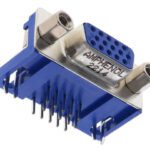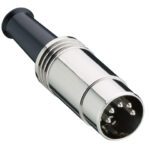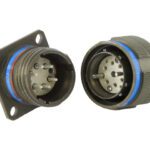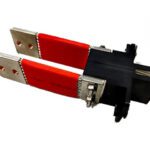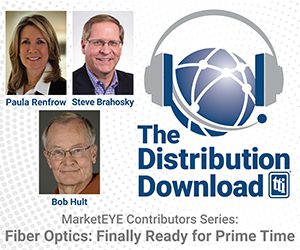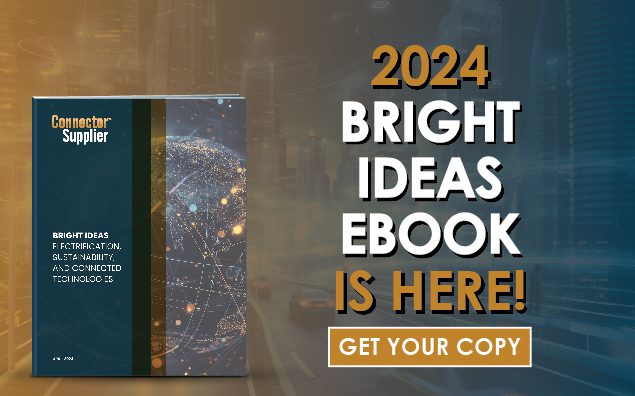FFC Vs. FPC Connectors: Which is Right For You?
Meet the Connector: FFC/FPC Connectors
FFC connectors are used to mate ribbon-type flat flexible cables (FFCs) to PCB circuitry in cable-to-board applications. They are also available in cable-to-cable configurations. These connectors have a high-density, very narrow form factor and fit in tight spaces. They are commonly used in consumer applications such as laptops, cameras, computer peripherals, appliances, and phones. The single or double row connector housing, typically made from flexible plastic, polymer, engineered rubber, or film, surrounds an embedded metal connector. A variety of locking styles are available.
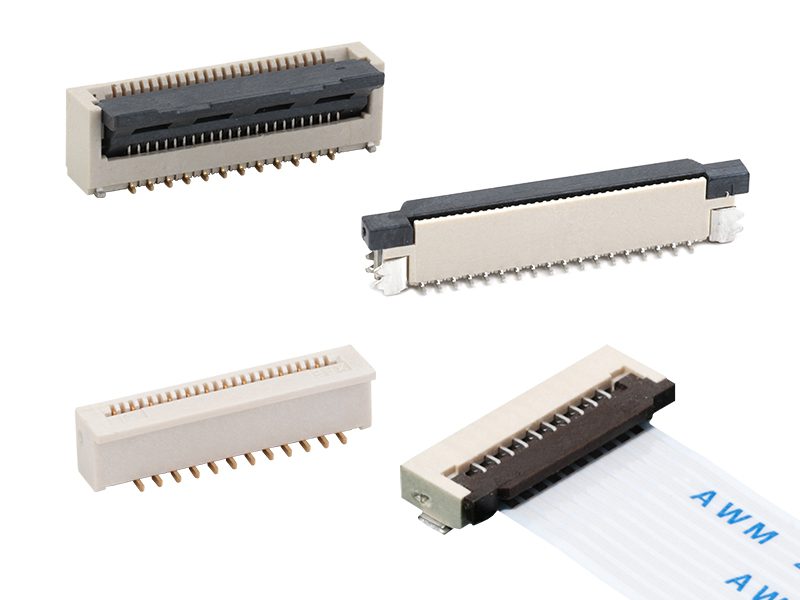
Greenconn’s FFC/FPC connectors have a high number of contacts, with small pitch, and a small shape, achieving the miniaturization required for medical handheld devices.
FPC connectors connect flexible printed cable (FPC) to the board. FPC is a type of FFC in which the conductors are printed on the cable substrate instead of embedded within it. FPC/FFC connectors are sometimes called ribbon connectors.
A key reason designers choose FFC/FPC connectors is that when used with flexible cable they offer increased flexibility compared to a traditional rigid circuit board.
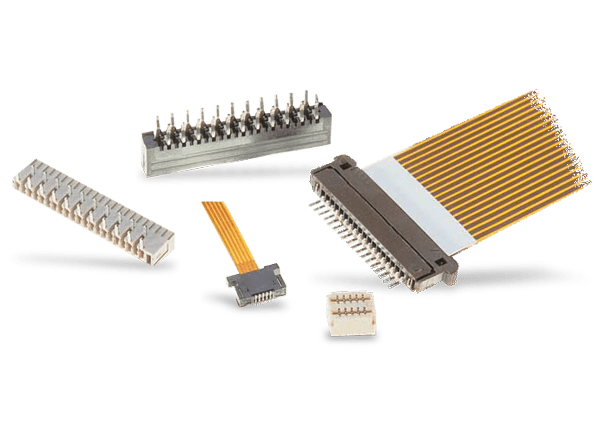
ELCO, an early developer of FFC-type connectors, merged with AVX in the early 1990s. KYOCERA AVX has assumed responsibility for ELCO’s products and has continued to develop its FFC/FPC line.
Although FFCs came into widespread use in the 1970s, the cables initially were available only in direct solder or crimped contact versions. In 1986, ELCO invented the 8370 Series, the first cost-effective card-edge type connector to mate directly on an FFC.
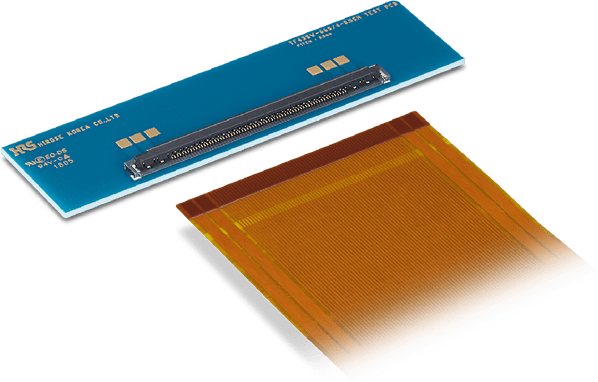
Hirose Electric’s TF43SW Series hybrid connector for FFC/FPCs features a height of only 1.2 mm, mounting depth of 4.0 mm. A unique contact actuator design features retention tabs preventing unintended actuator separation. The retention tabs surround the actuator axle and hook onto the cavity, preventing the actuator from opening.
Design Notes
- FFC/FPC connectors are available in pin, receptacle, card edge, and solder tab contact options, with single or double row housings.
- Some variations are capable of intermixing FFC cable and round wire contacts
Many pitches are available, such as 0.03 mm, 0.5 mm, 1.00 mm, 1.25 mm, 2.54 mm, but the most common pitches are 0.500 mm, 1.00 mm, and 1.25 mm. A single FFC can have different pitches between different conductors on the same cable, however this is uncommon.
- FFC/FPC connectors are available in fully shielded versions to control EMC interference.
- A variety of locking mechanisms secure this connector type, including latch, lock nail, and retention tabs.
- Options for termination to the board include surface mount or through-hole.
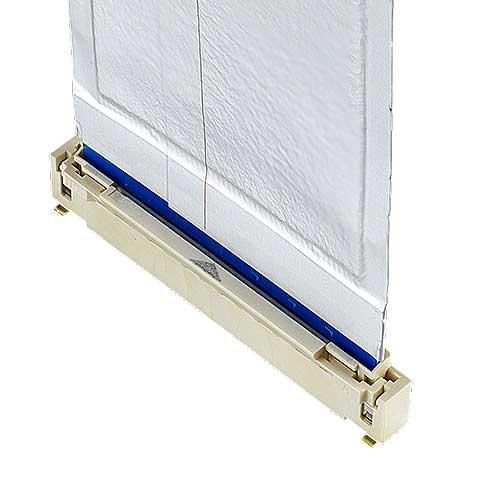
I-PEX’s EVAFLEX 5-SE-G VT 0.5 mm pitch shielded FFC/FPC connector features a one-handed auto-locking feature, high temperature resistance (125 ℃), high-speed performance, and vertical or horizontal mating.
Markets, Sectors, and Applications
Automotive, Consumer, Datacom/Telecom, Test & Measurement, Medical, Industrial
FFC/FFP connectors serve numerous markets and applications, including consumer devices, industrial controls, displays, printers, automotive, Test & Measurement instruments, appliances, and medical devices.
See: FFC/FFP Connectors for Automotive Applications
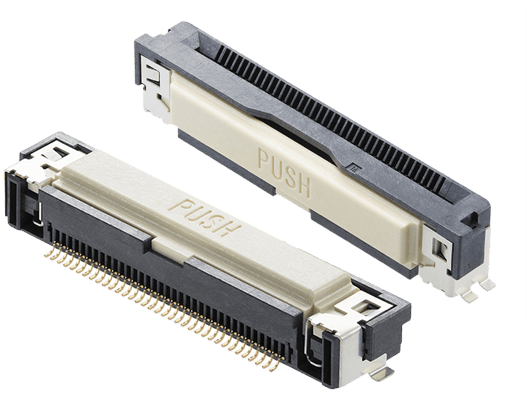
Molex Easy-On FFC/FPC One-Touch Connectors feature single-step mating with an auto lock-nail mechanism and high retention force for reliable connection and easy operation. These connectors offer a visible release button for easy FFC/FPC cable release operation and a lock-nail system that ensures FFC/FPC cable connection by high-retention force.
Suppliers
Amphenol Communications Solutions, Axon’ Cable, Hirose Electric, I-PEX, JAE, Molex, Samtec Inc., TE Connectivity, Würth Elektronik, GCT, KYOCERA AVX,
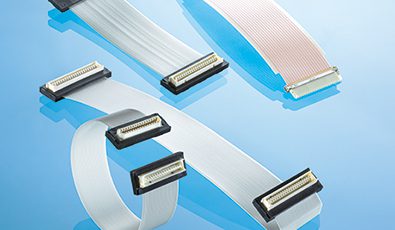
Axon’ Cable’s FFC connectors are made up of flat tin or gold-plated copper conductors insulated with polyester or polyimide tapes. Custom options incorporate folds, shields, notches, punching, slitting, marking, or special mounting methods.
Related products:
- ZIF/LIF connectors
- Card edge connectors
- FFC/FFP cable
Like this article? Check out our other Meet the Connector, high-density, and our Automotive Industry Page, and our 2022 Article Archive.
Subscribe to our weekly e-newsletters, follow us on LinkedIn, Twitter, and Facebook, and check out our eBook archives for more applicable, expert-informed connectivity content.
- State of the Industry: 2022-2023 Connector Sales - April 16, 2024
- Amphenol is On a Roll - April 2, 2024
- Nicomatic Proves That Two Heads are Better Than One - March 26, 2024
